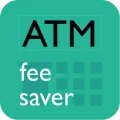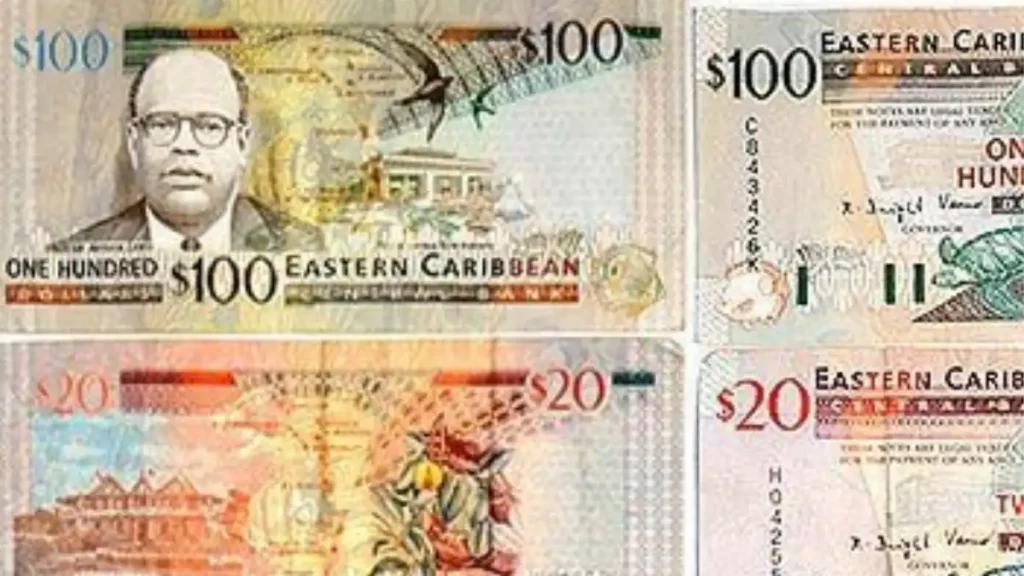From beachside tacos in Tulum to artisan markets in Oaxaca, knowing how to handle currency in Mexico will ensure your pesos go further. Money in Mexico-especially Mexican Pesos (MXN)-is mostly used in cash form outside major cities, so having a plan is essential. This guide covers the best ways to get pesos, how to use cards vs. cash, where to exchange or withdraw, ATM safety tips, and key dos and don’ts to avoid fees or scams. With this knowledge, you’ll navigate Mexico’s vibrant economy like a local.
How to pay in Mexico – cash or card?
Travellers use a combination of cash and cards, with small purchases typically involving 60-70% cash. Although the use of credit and debit cards is on the rise, particularly in more populated regions, the vast majority of purchases are still made with cash.
You can use cash for:
- Budget hotels
- Hostels
- Local tour operators (especially in beach towns)
- Tips and gratuities (very common to tip in cash)
- Street food (tacos, elote stands, etc.)
- Small eateries / restaurants (fondas, local joints)
- Sit-down restaurants (especially in non-tourist areas)
- Small purchases
- Local expenses at markets, OXXO stores, local groceries
- Mobile SIM and phone top-up
- Laundry services
- Nightlife / bars (many still cash-only)
You can use card for:
- 4 and 5 star hotels
- Hostels (city-based or chains)
- Large tour operators
- Shopping at malls (chains, department stores)
- Entry fees to Chichen Itza, museums (some online only)
- Local buses (ADO accepts card, smaller ones don’t)
- App-based taxis (Uber in large cities)
- Airport transport (booked taxis, shuttles)
- Upscale restaurants
- Online bookings for upscale hotels, flights, tours
- Spas (in hotels or resorts)
- Tailoring services (some)
- Vehicle renting
- Emergency medical clinics / pharmacies
Mexico is a mixed environment-carry cash for street food and local travel, but cards work well in hotels, cities, and formal settings.
What’s the best currency to take to Mexico?
The Mexican peso, abbreviated MXN or M$, is the currency most commonly used in Mexico. There are 20, 50, 100, 200, 500, and 1000 M$ notes. Additionally, touristic areas accept USD. Travel and lodging can be paid for with US dollars.
So, Mexican Peso is the best currency to take to Mexico and if not, you can use USD at many places.
Where to get the local currency in Mexico?
In Mexico, you can get the local currency in 3 ways. These are:
ATMs, or
Currency exchange
Money transfer and local pick-up
Types of cards to swipe in Mexico
Visa and Mastercard transactions are commonly accepted for swiping. You might also find some places that accept Amex and other cards, albeit less frequently.
Types of cards at ATMs in Mexico
When withdrawing money in Mexico, majority of the ATMs will accept Visa, Mastercard, Cirrus, Plus and Maestro cards. Some of them accept Unionpay cards. Cards such as Amex, Diners, JCB, Discover and Rupay are not usually accepted by many ATMs.
Should I exchange money before travelling to Mexico?
It’s advisable to carry a small amount of Mexican Pesos (MXN) for your initial expenses, such as transport from the airport or snacks. MXN is not always readily available abroad, and exchange rates in your home country may be less favorable.
A convenient option is to withdraw pesos from ATMs upon arrival in Mexico. ATMs are widely available in airports, cities, and tourist areas. Most accept Visa, Mastercard, Cirrus, and Plus cards. Be aware of local ATM fees and check if your bank charges international withdrawal fees.
Currency exchange is common in Mexico. Airport exchange booths are convenient but often have higher margins. Better rates can be found at Casas de Cambio (currency exchange offices) in city centers or tourist districts. Banks like BBVA Bancomer, Banorte, and Citibanamex also offer exchange services, but may require ID.
USD is widely accepted in tourist hotspots like Cancún or Playa del Carmen, but it’s better to pay in MXN to avoid poor conversion rates. Credit and debit cards are accepted in most hotels, restaurants, and stores, but cash is essential for markets, street vendors, transport, and rural areas. Carry a mix of both for flexibility.
Where to withdraw money in Mexico
The best ATMs for foreigners to use in Mexico are those owned by popular banks such as:
- Inbursa,
- Banca Mifel,
- BanRegio,
- Citibanamex, and
- Bancoppel
Additionally, Mexico is home to ATMs from the following international banks: Scotiabank, HSBC and Santander. There are other local banks like Azteca, Banorte, Multiva etc. that also accept international cards, albeit they charge high ATM fees.
Global ATM Alliance: Customers of participating banks around the world are able to withdraw cash from any of these ATMs without ATM Fees. This network includes Scotiabank in Mexico.
For a detailed guide, read Cash and ATMs in Mexico.
Discover fee-free and low-fee ATMs on the ATM Fee Saver mobile app for iOS and Android. This app provides ATM PINs and details of leading bank ATMs such as ATM fees and withdrawal limits for foreign cardholders at ATMs in Mexico. Moreover, its simple fee calculator helps you determine exact withdrawal charges. You can also find cash tips and tricks on the app for 160+ countries including Mexico.
Download now from the App Store or Play Store.
Where to exchange currency in Mexico
In Mexico, you can exchange currency at authorised currency exchanges, banks, airports, and hotels, the most popular being authorised currency exchanges.
Currency exchange providers in Mexico are called “casas de cambio” and are commonly found in:
Tourist areas (Zona Rosa, Polanco in Mexico City; 5th Avenue in Playa del Carmen; Hotel Zone in Cancún)
Border towns (Tijuana, Ciudad Juárez, Nuevo Laredo)
Shopping centers and hotel districts
- Notable currency exchanges are:
CI Banco
Monex
Intercam
Money Exchange
Exchange Capital
They usually post rates clearly outside and offer quick service with minimal documentation.
- Banks Offering Currency Exchange:
Major banks like BBVA Bancomer, Banorte, Santander, and Citibanamex offer exchange services, but typically require you to be a customer and offer slightly less favorable rates than casas de cambio.
💡 Tip: USD is the most commonly exchanged foreign currency, especially in tourist zones. For best rates, avoid airport counters for large amounts and use city exchange offices. Bring newer $50 and $100 USD bills for better rates.
Pro-tips:
Stay away from airport exchanges – Poor rates
Avoid the black market – Be wary of being conned.
Include fresh remarks – If your notes are damaged or dirty, you can expect to pay more or less.
Rates for larger bills of US dollars are higher.
Is carrying money in Mexico safe?
Typically, no. Carrying a large sum of cash in Mexico while travelling is not a safe idea. While it’s true that some urban areas are safer than others, it’s still wise to bring along just enough cash to cover your expenses for the day or a few hours at most. Here are some ways to protect the cash you’ll need while visiting Mexico, since you’ll likely need it on hand:
Some safety tips for carrying cash while travelling in Mexico are:
- Carry only the cash you need.
- Do not keep all the cash in one pocket or wallet.
- Put some cash in a safety belt or fanny pack.
- Do not flash your cash.
- When paying, do not remove or display your entire cash.
- Keep wallets preferably in front pockets.
- Cross-wear your purses if possible.
- Hold your purses, wallets and bags close and tight on crowded streets and in public trains and buses.
- When withdrawing cash, keep the cash low while you count it so people around don’t see it.
- If you’re dining alone, don’t leave your wallet / bag unattented while you go to the restroom.
- If sitting outdoors in a restaurant, don’t leave your wallets / bags on the table.
Is it better to use debit or credit cards or pay by cash in Mexico
Use a card if it is fee-free i.e. your bank does not charge any fees to swipe the card, when the merchant / POS also does not impose any extra charge to use a card, you need to use the insurance of the card, don’t want to block cash of large purchases and card’s swipe fees are lower than withdrawal fees.
Pay by cash by withdrawing cash from ATM or exchanging currency where – fees on ATM withdrawals are lesser than fees on swiping cards, you don’t want to leave any digital footprint of your expenses, it is convenient and easier to conduct transactions.









